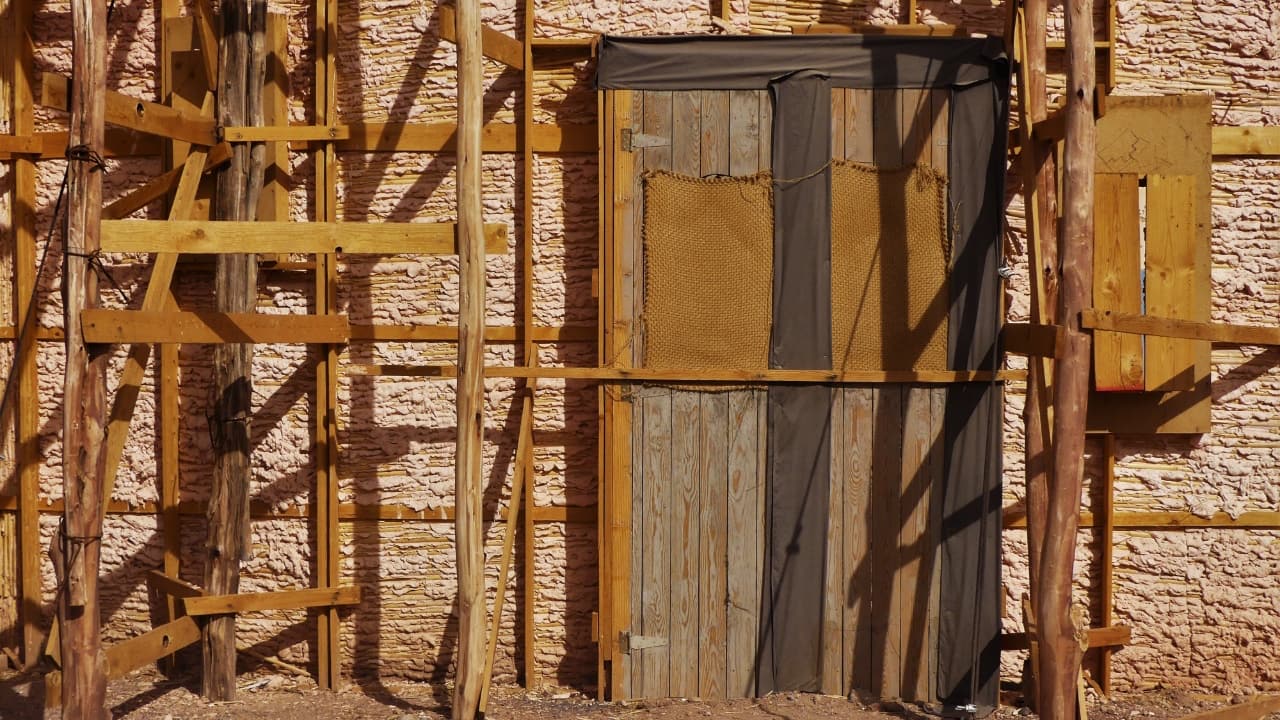
When the industry talks of a production boom, it tends to be referring to extreme high-end work that only serves to shut everyone else out. Phil Rhodes reports from the trenches.
As the saying goes, one man’s meat is another man’s poison, and that’s certainly been the case if you’ve been a (let’s be nice) less-than-fully-funded filmmaker over the last five years or so. The spike in production work, almost worldwide, has been fantastic for anyone with a single-named job role on big productions. It’s been considerably less fantastic for anyone turning up at a rental facility, actors’ agency, or choice location with big ambitions for a short film and a pocketful of spare change with which to fund them.
Some locations have always been expensive. As an example, if the UK is famous for anything, it’s for well-spoken historical drama of the wigs-and-corsets persuasion. In reality, there are no more historic buildings than in many other parts of Western Europe, but quite a lot of them are run by an organization called the National Trust, which generally inclines toward the position that the word “filmmaking” is synonymous with the phrase “Hollywood millions.” That’s one reason some of the BBC’s cheaper dramas have shown ancient buildings with wobblier walls than we might expect from such a stalwart of the old country - it just costs too much to film in the NT’s properties.
Worse, during the peak of production mania, it even became difficult to find a spot to construct such a cardboard castle. There’s been massive expansion and not just the shiny new stages at Pinewood. Old bus garages, derelict factories and disused basements have been painted black, marked “B STAGE” and described as film studios with almost indecent haste. At the peak of it, every other small ad in the London trade press seemed to be titled in the format “The Old [Commodity] Factory.” Many productions turned up full of hope and expectation to discover a disused industrial unit still with significant signs of disuse, offering a modest square-footage of barely-waterproof space without soundproofing, parking, or much of a mains power supply, but with plenty of noise from the nearby railway line.
Ask your correspondent how he knows…
Bad timing
Pressure on facilities got so bad that it even leaked into the towns east of London, a zone of mud flats and petty criminality where no self-respecting film or television professional (again, except your narrator, who lives here) would usually be seen dead. The film industry has traditionally existed in west London, with the most easterly mainstream facilities being Three Mills near Stratford. Driving even further that that out of London, though, became something people were increasingly willing to do, mainly because location owners in the hinterlands still found film and TV production sufficiently exciting to offer a decent price.
However, as more made the journey prices jumped and it’s therefore particularly disappointing that the peak of post-pandemic, peak-Netflix production passed just barely after the expansion eastwards. The movies came to southeast England – and other places – just late enough to leave the bumpkins with the mistaken impression that anyone with a track and dolly also has access to the gold bullion of the big studios.
Now things have slowed down thanks to the almost simultaneous phenomena of ever-flattening post-pandemic catchup, the retrenchment of streamers, and strikes by the American creative unions (those might be over, but there’s still lag in the system). It’s been a triple whammy. It was always fairly obvious that this would come, and some of the facilities’ investments always seemed slightly blind to the onrushing brick wall of economic reality. Still, there’s quite a lot of hardship being felt by crew, production staff, and location owners who got very used to high-end shows but equally weren’t in any sort of position to influence any of this.
Trickle down? Never worked…
That situation has effects that trickle down, like the rainwater leaking through a sound stage roof, to the rest of us. Those approximated sound stages, the black-painted ex-industrial units with puddles on the floor, became popular (or, well, common) during the immediately post-pandemic boom. Those still cost four figures a day, which isn’t a bad rate for something that can be created using nothing more than a couple of cans of black emulsion paint, some plywood, and an old rubber chicken warehouse.
It’s a pity. Circumstances seem ideal for low-budget indies to rise - at least back to the bottom-feeding status they always occupied, and perhaps a little further. After all, while the locations and studio people seem to have oddly long memories regarding what they used to be able to charge, crewing has never been cheaper. There’s a fine line between leveraging this and taking shameless advantage of it, but on the other hand, it’s not like the high end much cared when it was turning western Europe into Burbank East.
Tags: Production


Comments